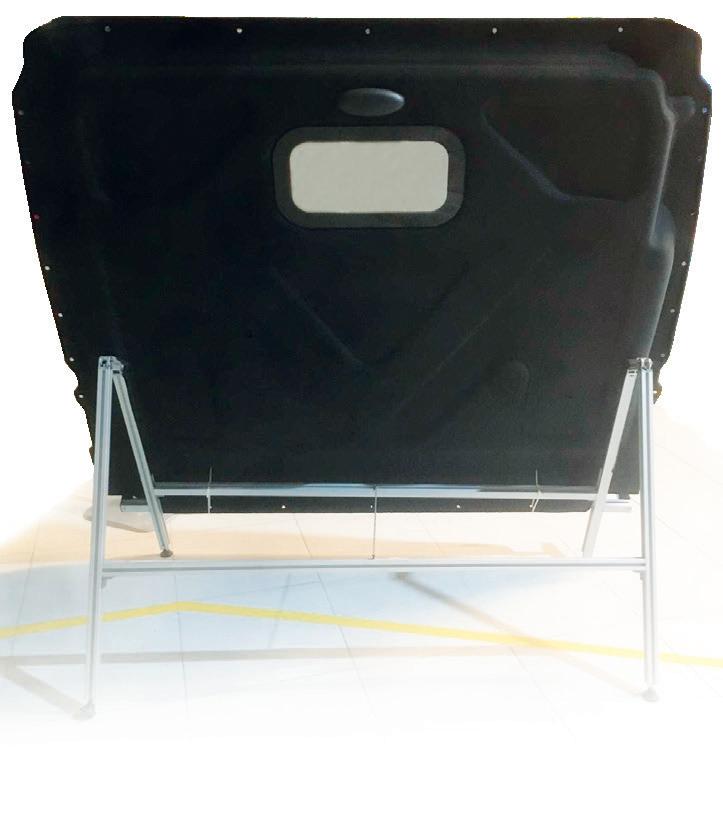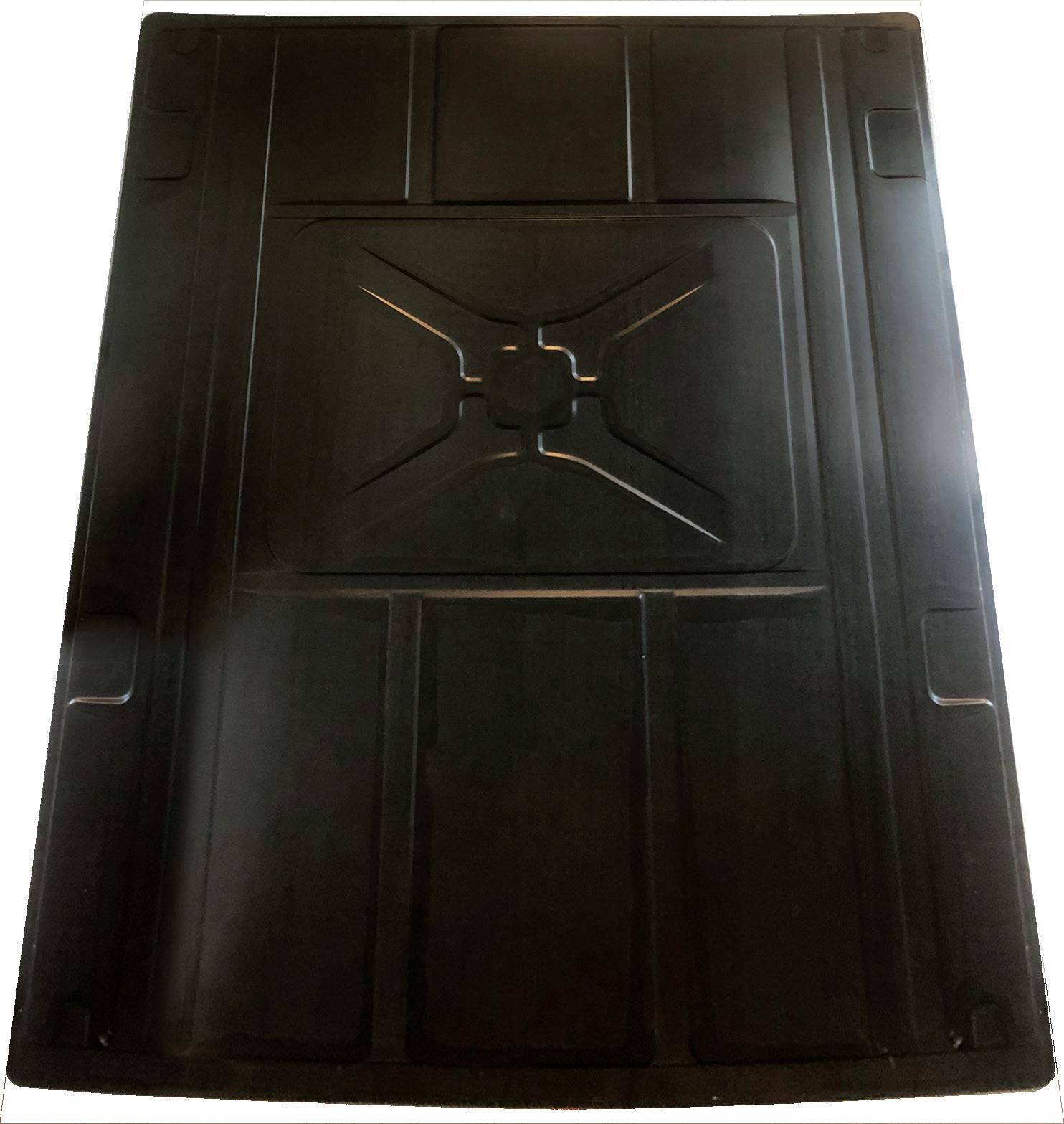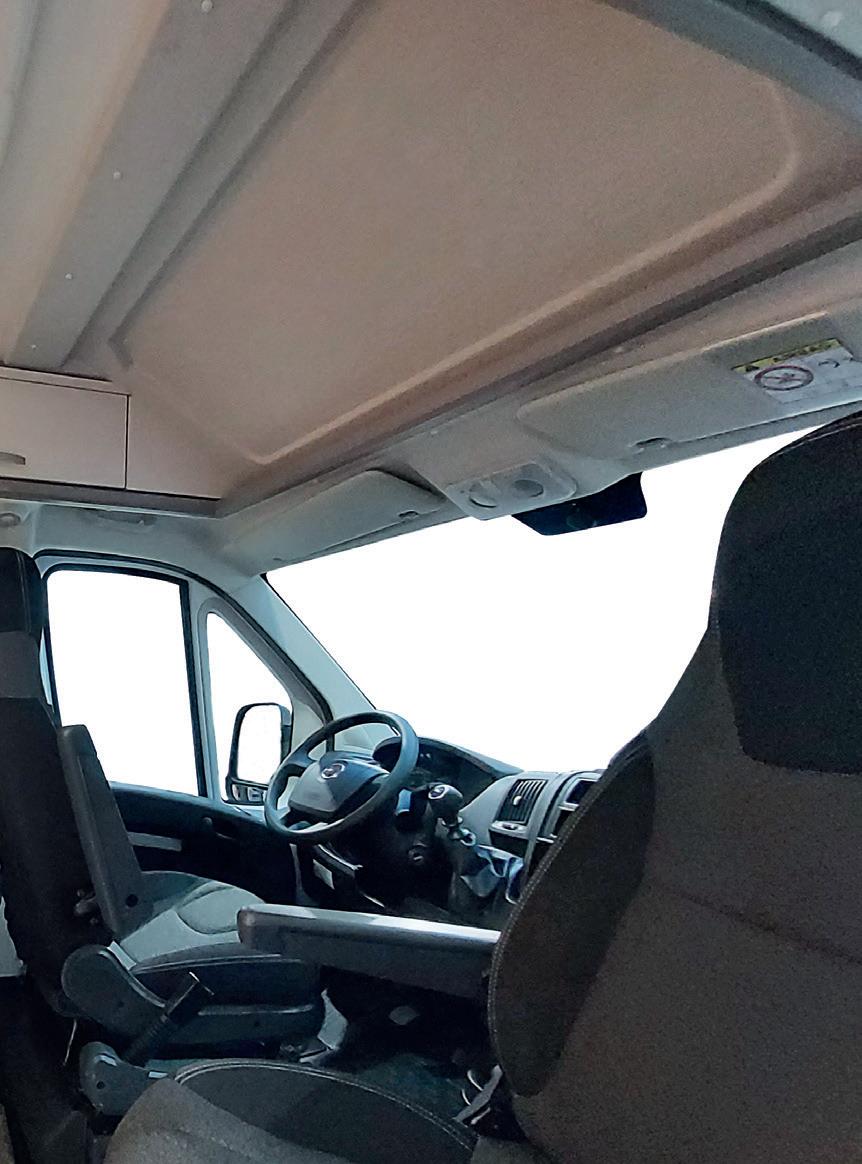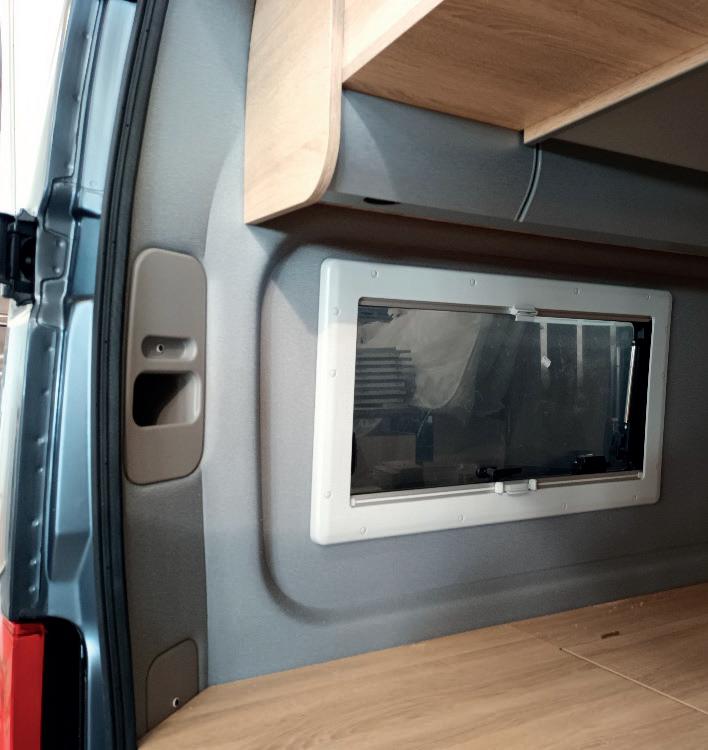
5 minute read
Ama Composites

On the road to progress

New materials and innovative technologies: Ama Composites continues to offer solutions to foster a real evolution in the RV sector, starting with the camper van segment. Weight reduction and lower costs are some of the advantages offered by the new construction solutions
Words Renato Antonini
It is clear to everyone that it is time for a change in the RV sector with the introduction of new materials and new construction methods. The signs of the change are already here and manufacturers need to continue on this course. This is precisely what Ama Composites is doing aiming to become one of the main players in this change. For several years, the manufacturer has been working on new materials and innovative construction systems, carrying cutting-edge solutions, many of which are tried and tested in other sectors, such as aviation, automotive, rail and construction, across to the RV sector. The technology the company focuses on most is called LWRT, but the range of proposals is wide and spans from nanotechnology and GRIT technique to Aerogel and heated floors. Ama Composites also has a large production of vacuum/S-RIM thermoforming and thermoplastic injection moulding parts. “We are moving in the right direction and the market is appreciating our efforts”, said Marco Corradini, CEO of Ama Composites. “In 2021, we tripled our turnover touching EUR 40 million and the figures for the first half of 2022 are very promising. In six months, we have exceeded the turnover for the whole of 2021. Step by step, we are successfully introducing innovative methods in the RV sector, making our customers what can be achieved by going beyond traditional technologies. Improving appearance, reducing weight and making production processes more efficient to lower costs as a consequence is possible”.
LWRT technology
Ama Composites has invested heavily in machinery to support the growing market demand. A new production line was recently commissioned, tripling the production capacity of the company. The new machines are used to make moulded parts using LWRT (Light Weight Reinforced Thermoplastic) technology. This opens interesting possibilities for many sectors, from RVs to industrial vehicles, including buses and cargo vans. “LWRT technology offers excellent
product performance at low costs,” explained Marco Corradini. “Now, with the new machinery installed we have a large production capacity and can meet the demands of the automotive sector and most certainly those of the RV sector. We aim to work in a team with our customers for developing parts. We provide the technological support and we identify the best way to achieve the results together with the customer.”
Composite materials, different technologies
The current Ama Composites production plant can process various materials and different technologies. This is the case of CFRTP (Continuous fibre reinforced thermoplastic), a composite material produced in the form of single-ply tapes and laminate. Continuous fibre reinforced thermoplastic composites are produced by pulling continuous glass rovings through a thermoplastic resin to impregnate the fibres and form a single-ply tape. This single-ply tape can be layered to form multi-axial laminates by superimposing layers of tape in various directions and applying heat and pressure. The orientation, arrangement and volume of the fibres contribute to the strength and performance of the laminate structure. CFRTP composites have the unique ability to add strength and stiffness while reducing manufacturing cycle times and enabling part consolidation of structural components in a wide variety of applications. The news of recent weeks is the thermoplastic matrix composite panel with a tubular honeycomb structure. It is a panel characterised by many cavities. It is very light but also extremely strong from a mechanical point of view. It is suitable for various uses, also in the RV sector, and can become a structural product in combination with other materials. It can also provide exceptional thermal insulation with the deposition of Aerogel material in the cavities.
Focus on the van
Ama Composites started working in the RV sector in 2006, but it is certainly in recent years that its presence has become important, especially following the development of the camper van market segment. With the bulkhead project for Ford, the company was able to demonstrate its ability to work with innovative materials to replace parts made of metal or other materials to reduce costs, decrease weight and speed up assembly times. LWRT technology is used to produce various elements for camper van interiors, such as wall panels, panels applied to the rear doors and the sliding side door and moulded elements to cover the wheel arches on the living pod side. Important is the Similar advantages are offered by the LGPP system originally developed for the bulkhead for the Ford Transit which was the first product with which Ama Composites gained a footing in the automotive industry. AMA Composites coordinated the consortium that invented this special bulkhead. The project won the “Innovation Global Ford Awards 2017” as recognition as the best innovation project compared to all innovation projects implemented by Ford worldwide in 2017. The innovation was in the use of thermoplastic material instead of metal and this constituted a ground-breaking change. The investment required to produce a market output of comparable metal parts was remarkably higher than thermoplastic ones, so the economic benefits for the markets were especially relevant. Ama Composites created a new material with multiple uses, generated from the study of a new bulkhead where this material has been initially used. The main aim was to replace the metal bulkhead used in the automotive industry to separate two different environments of the vehicle, for example, the driver’s cab from the area where the cargo and material are stowed employing thermoplastic material instead. This ensures saving costs for companies in addition to a substantial weight reduction on the vehicles where the component made with the new technique has been installed. Therefore, the two main advantages were represented by cost savings and weight reduction.
possibility of coupling LWRT panels with various finishing and thermal insulation materials. Ama Composites is also developing designs for pop-up roofs. The company already kicked off the production of similar products, such as rooftop tents, for which GRIT (Glasses Resin Impregnates Thermoplastic) technology is used to create the structure and protective shell. Interestingly, the rigid part of popup roofs can integrate semi-rigid or soft interior cladding in addition to a heating system with radiant elements. For standard pop-up roof production runs, Ama Composites can supply finished products consisting of a complete kit including canvas side guards and a lifting mechanism.
Tubular honeycomb panel












